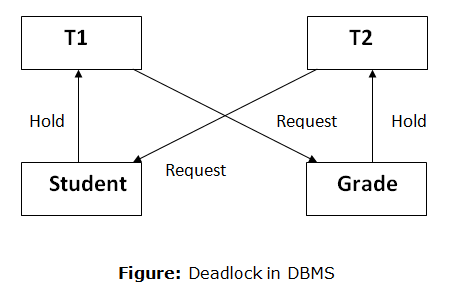
This degree is directly related with the locking generated by a transaction, and so, as it can be specified at transaction level, it can determine the impact that a running transaction can have over other running transactions. Transactions specify an isolation level, that defines the degree to which one transaction must be isolated from resource or data modifications made by other transactions. One of the main advantages of this model is that locks acquired for querying (reading) data do not conflict with locks acquired for writing data, and so reading never blocks writing, and writing never blocks reading.īut, if several versions of the same item are stored, which version of it will a transaction see? To answer that question we need to review the concept of transaction isolation. Thus we will have several versions of the item stored. In this method, when an item is being updated, the changes will not overwrite the original data, but instead, a new version of the item (with the changes) will be created. These engines implement concurrency control by using a method called MVCC (Multiversion Concurrency Control).
#Deadlock database how to#
There is a lot of theory and different approaches around this concept and how to accomplish it, but we will briefly refer to the way that PostgreSQL and MySQL (when using InnoDB) handle it, and a common problem that can arise in highly concurrent systems: deadlocks. I am working on this article to add more deadlock interview questions.Working with databases, concurrency control is the concept that ensures that database transactions are performed concurrently without violating data integrity. We will discuss the necessary conditions to occur deadlock, how to prevent deadlock, Deadlock handling Strategies in detail in the upcoming articles. In this post, I have shared the basic concept of deadlock in the operating system. Read deadlock preventions vs avoidance in detail.

This is very common and asked in many of the on-campus job interviews. What is the difference between Deadlock Prevention and Avoidance? There are four strategies to handle deadlock. On the other hand, if it occurs we have a recovery mechanism. But preventing the system not to occur deadlock is not easy as we require prior information about processes as well as resources. We can prevent the deadlock not to occur and it is the optimal solution. There are multiple deadlocks handling strategies to avoid deadlock. What are the different types of Deadlock Types and Handling Strategies? If you want not to occur deadlock, you should have to care not to satisfy any one of the conditions mentioned above. Even if one condition does not get satisfied, deadlock cannot occur. There are multiple necessary conditions to occur deadlock in the operating system. What are the Necessary Conditions to Occur Deadlock? Here, Client1 and Client2 are the two processes.ĭatabase table1 and table2 are the two resources.īoth clients cannot proceed further as both are waiting for the resources held by each other.

Now consider the Deadlock in Operating System scenario… Client1 locks and holds the table1 from the database DB.Ĭlient1 wait for table2 from the same database to proceed.Ĭlient2 locks and holds the table2 from the database DB.Ĭlient2 wait for table1 from the same database to proceed. Interview Tip: Whenever an interviewer asked you deadlock interview questions, always try to explain them by taking an actual scenario. If the server allows multiple clients to modify data in the database table at the same time, data violations will occur. But the server can not give access to all the clients to modify data at the same time. Suppose there are multiple clients who want to access the database table at the server-side. But this does not get resolve every time and the system gets hanged. This deadlock problem should have to be resolved by the Operating System as all the resource management is carried out at the operating system level. If one process wants to access the resources which are acquired by other processes, the process needs to wait until the resource gets released by other processes. Here two processes wait for the resources acquired by each other.ĭeadlock mostly occurs in multitasking or client-server architecture where resource gets shared among multiple processes. What is Deadlock in the Operating System?ĭefinition: Deadlock is the condition that occurs when two processes wait for each other to complete and halt without proceeding further.


 0 kommentar(er)
0 kommentar(er)
